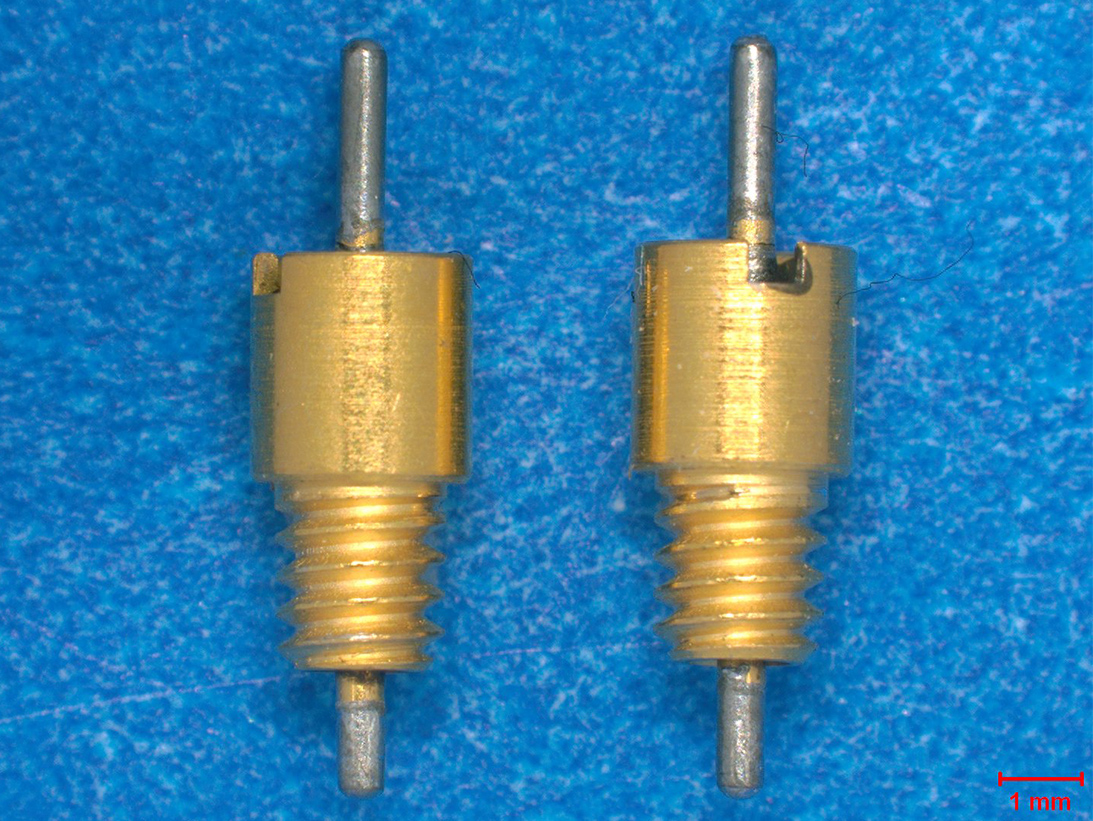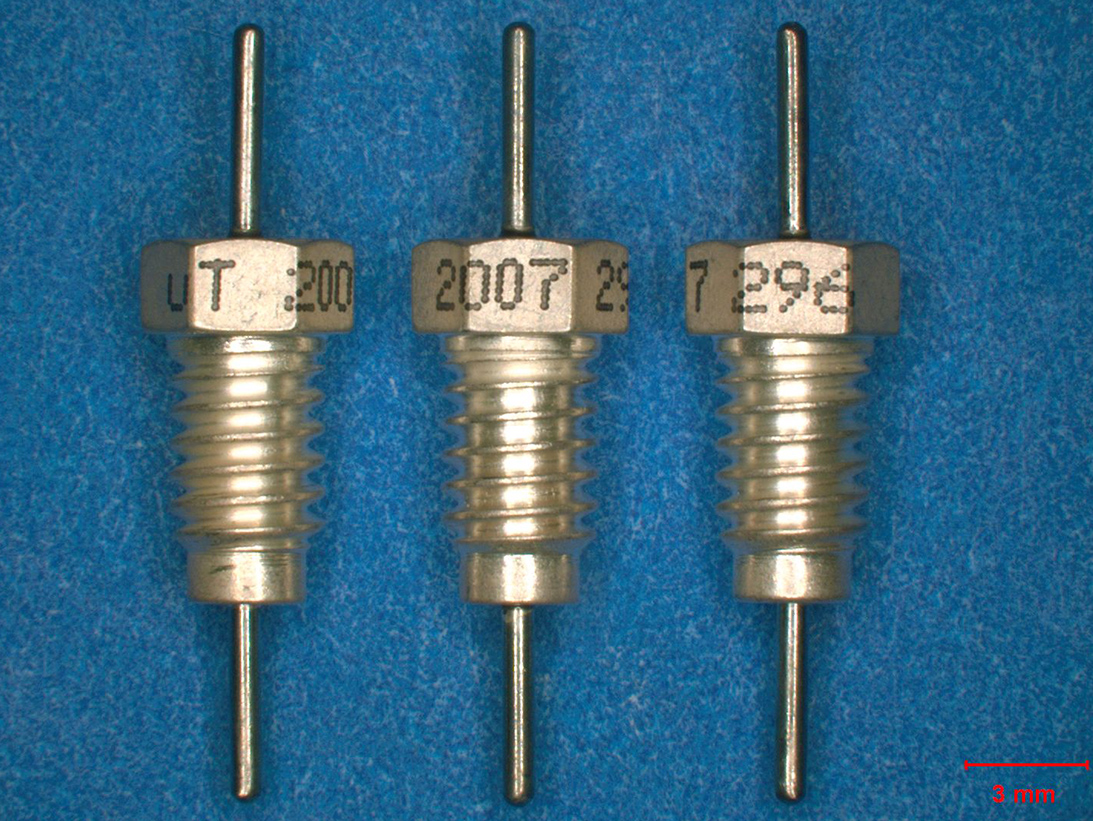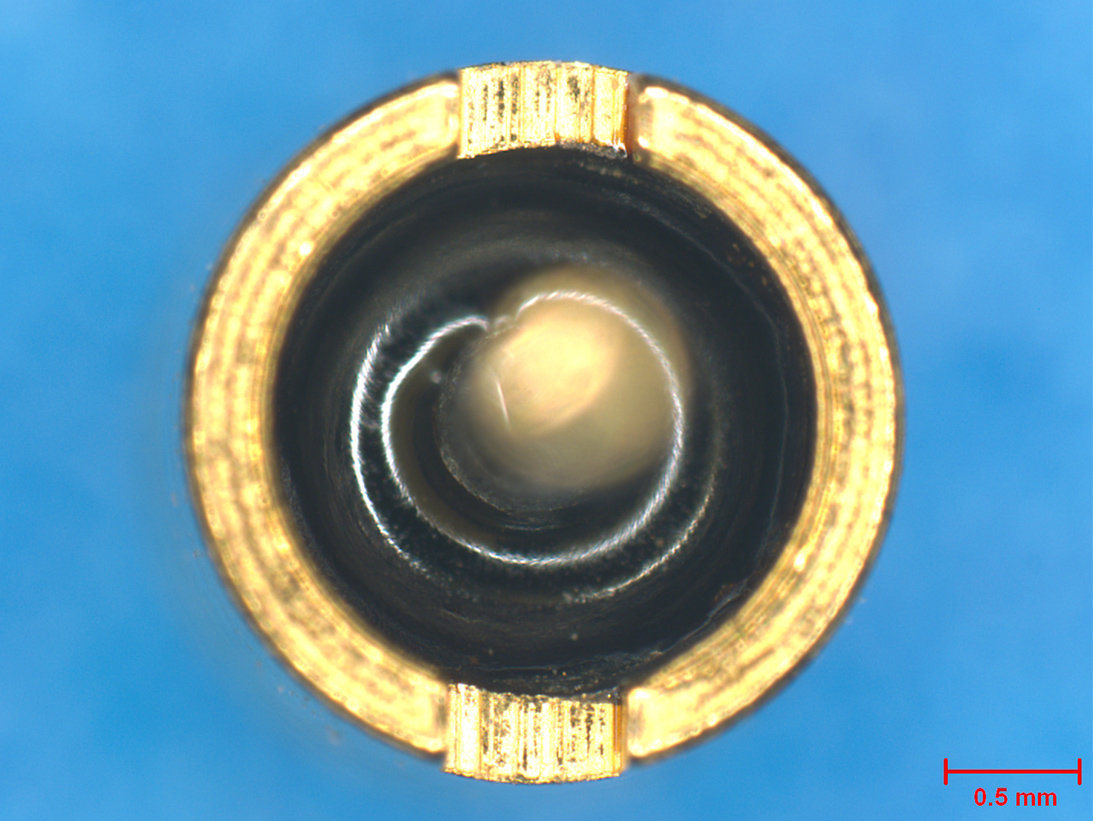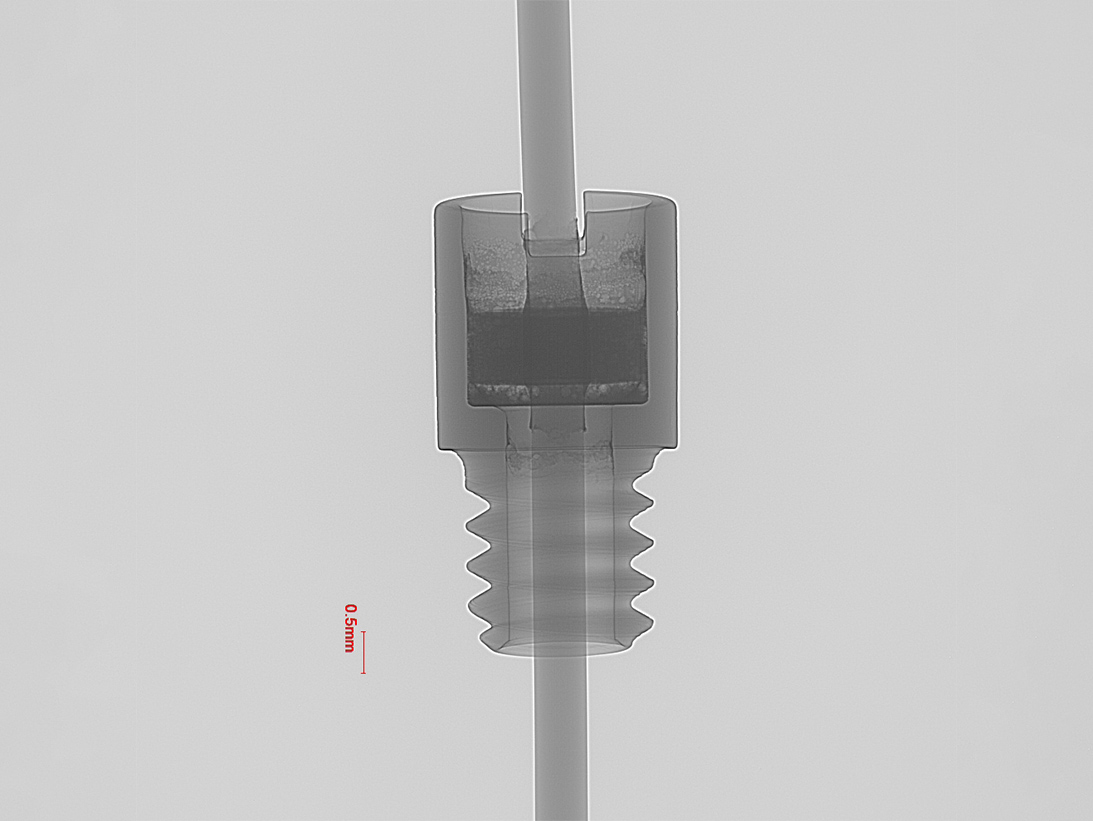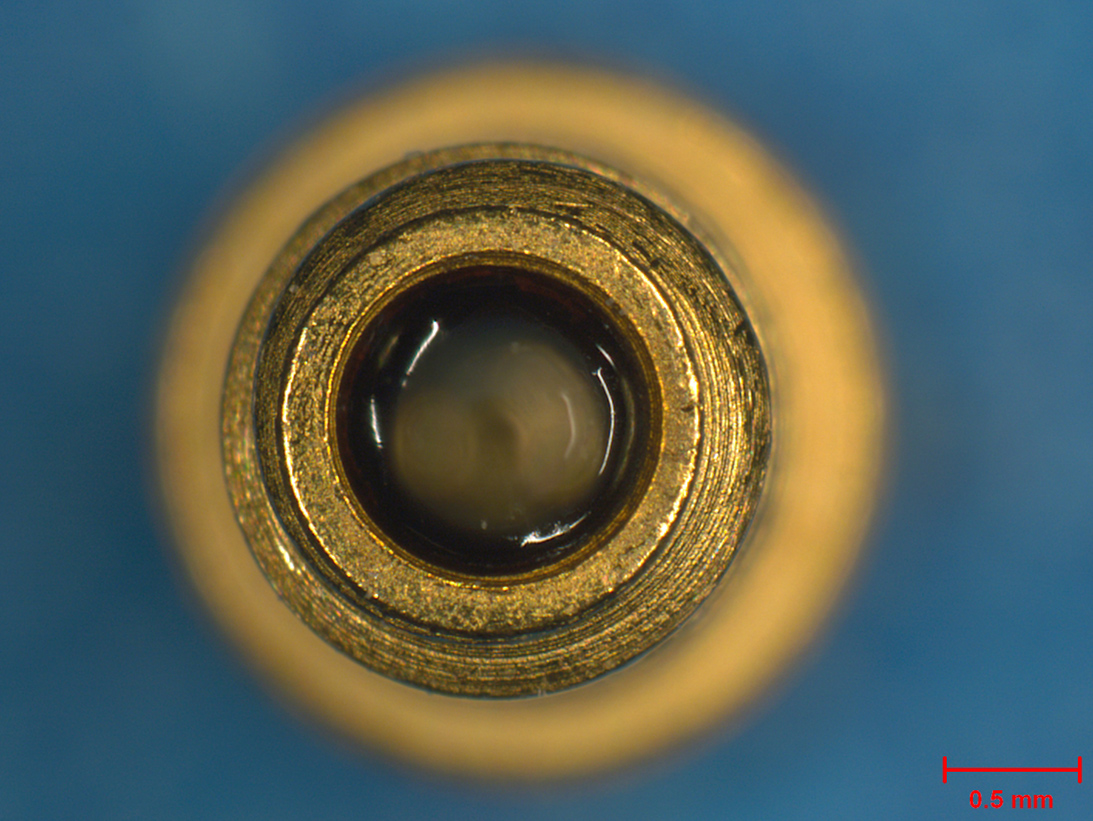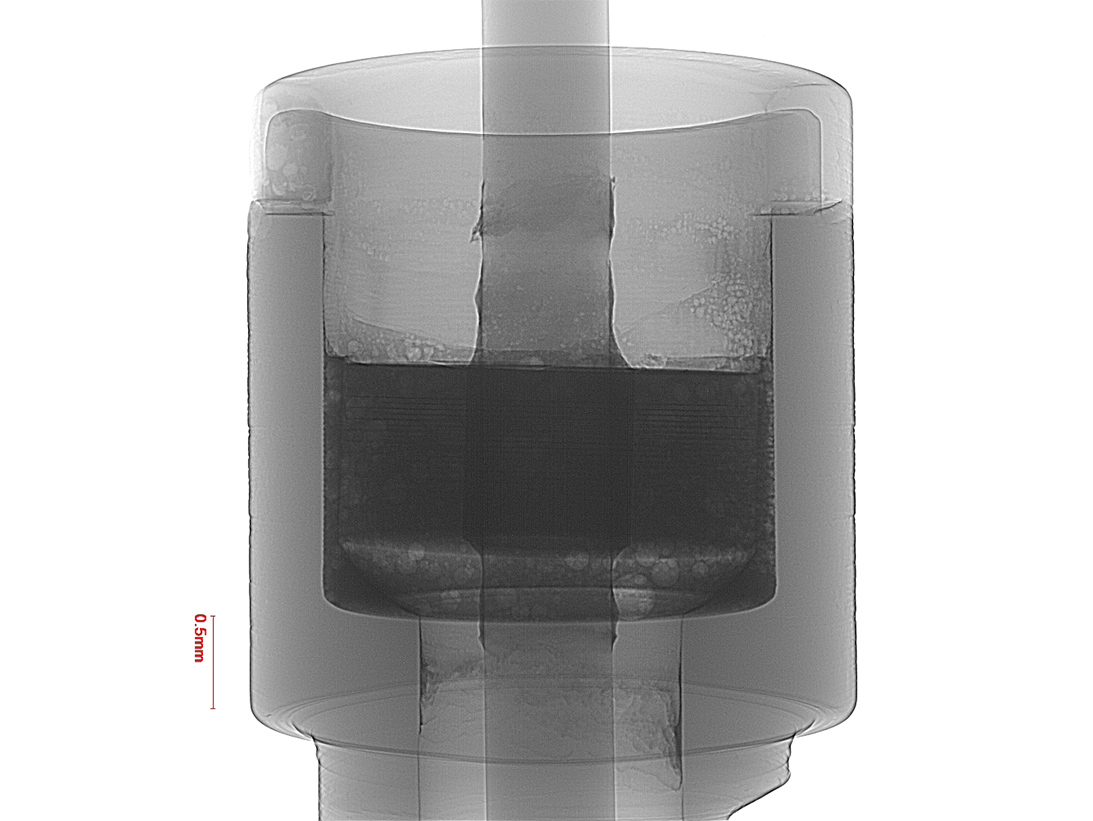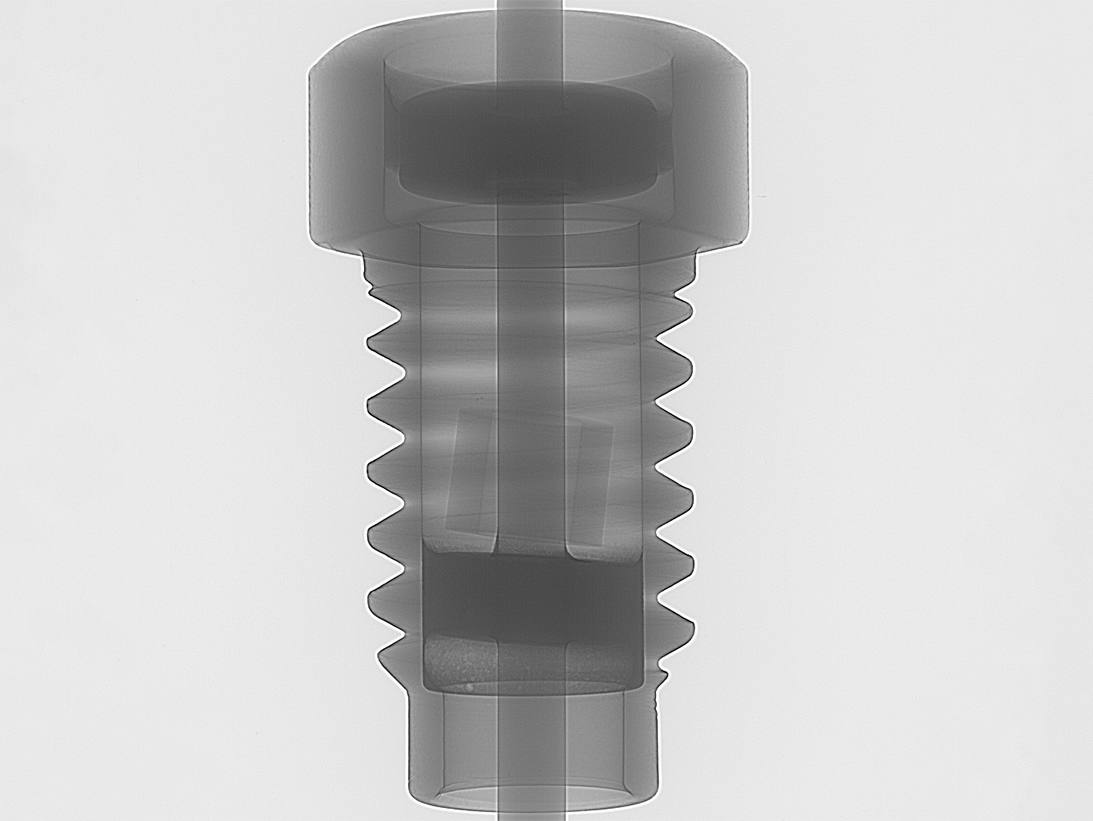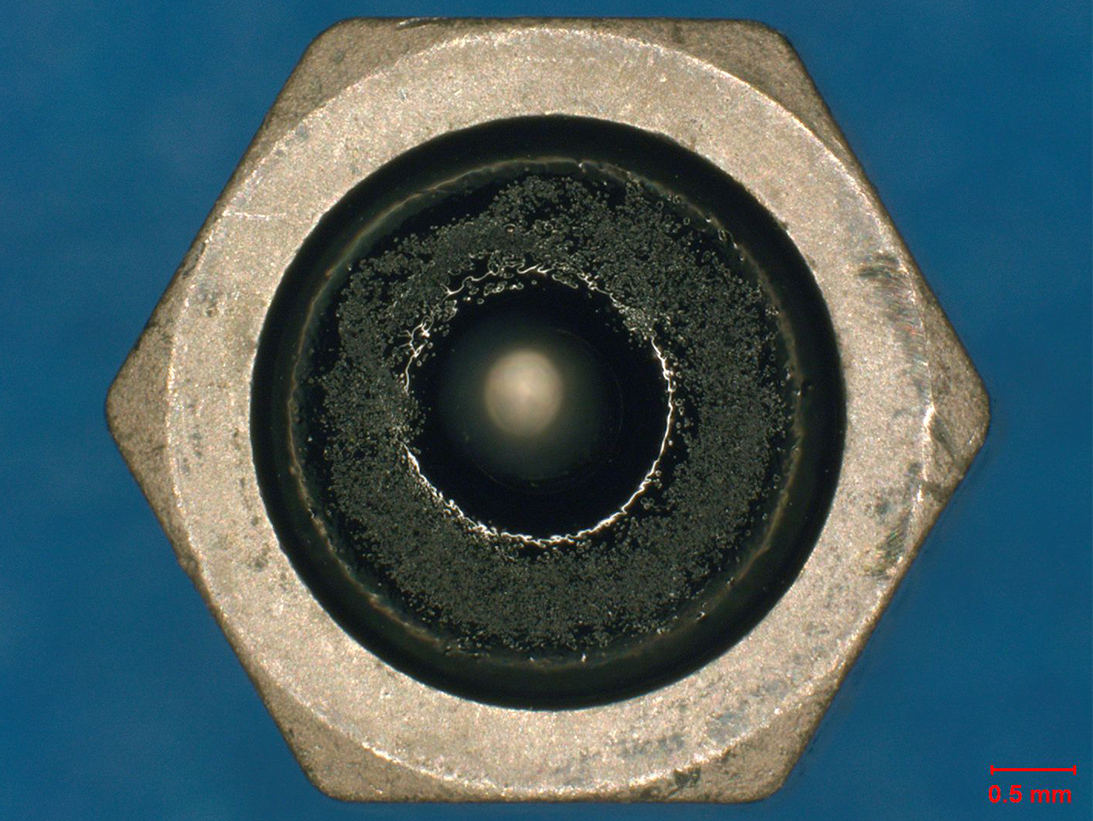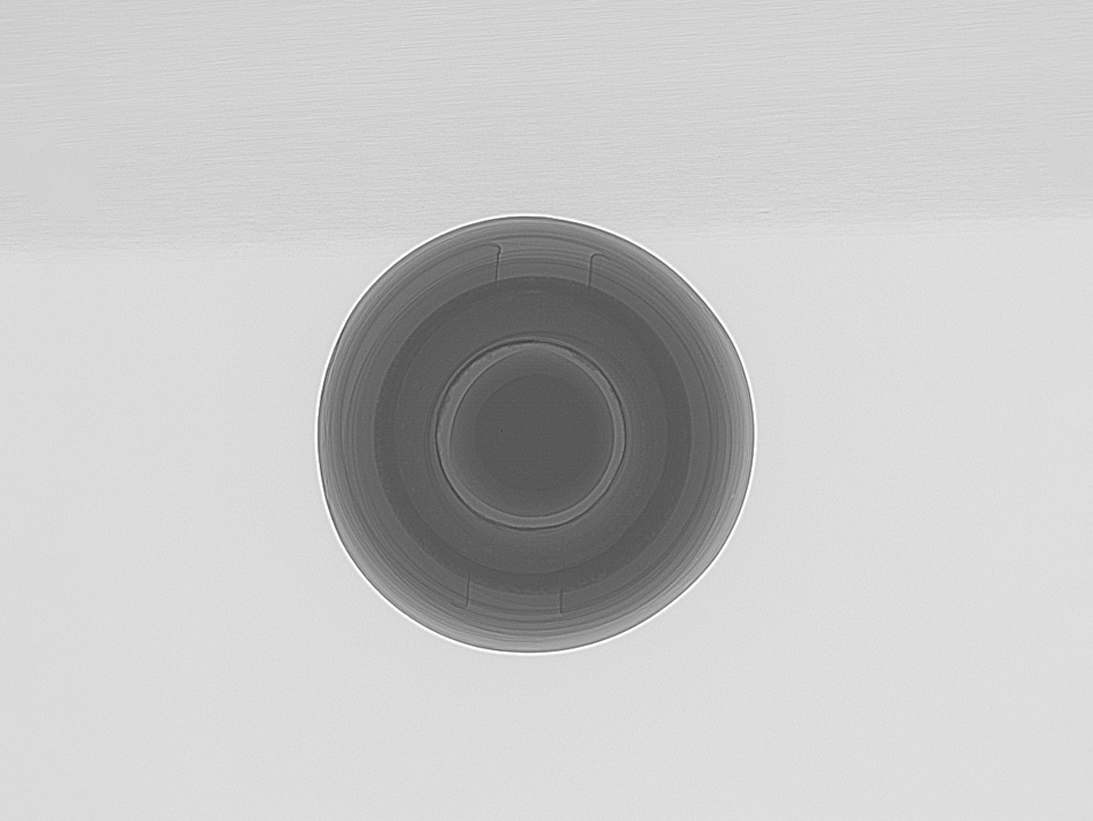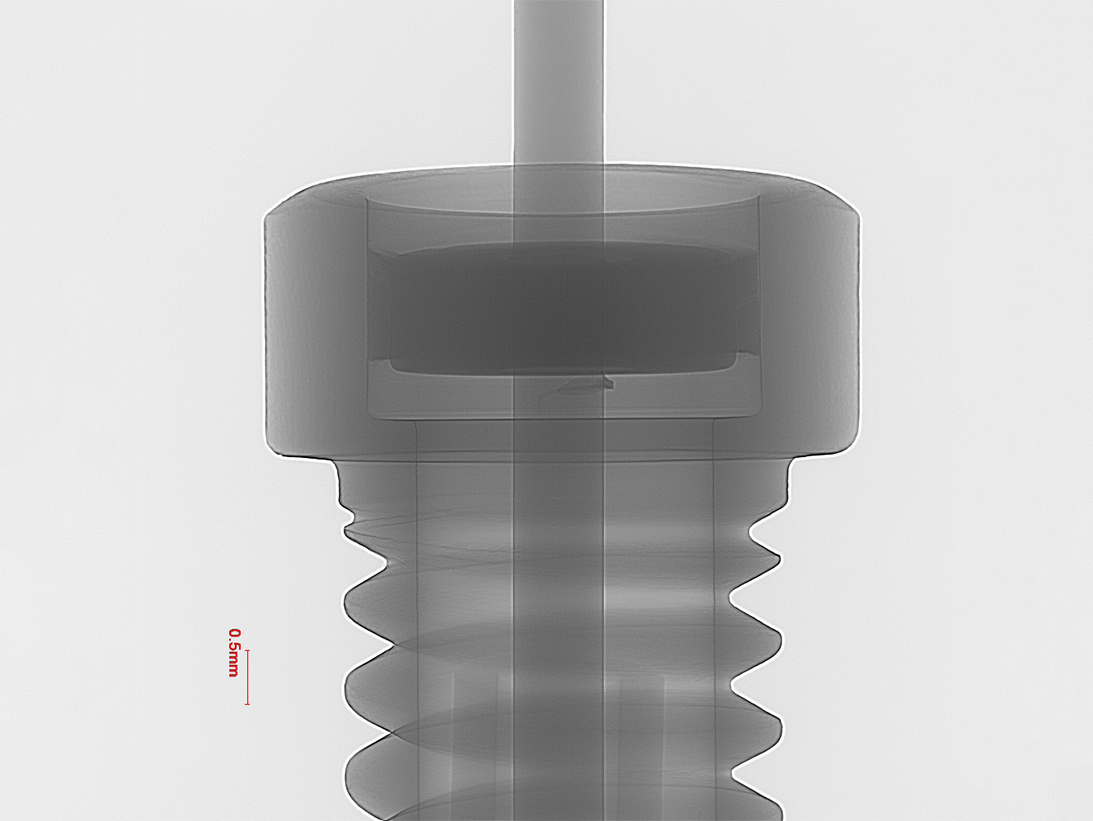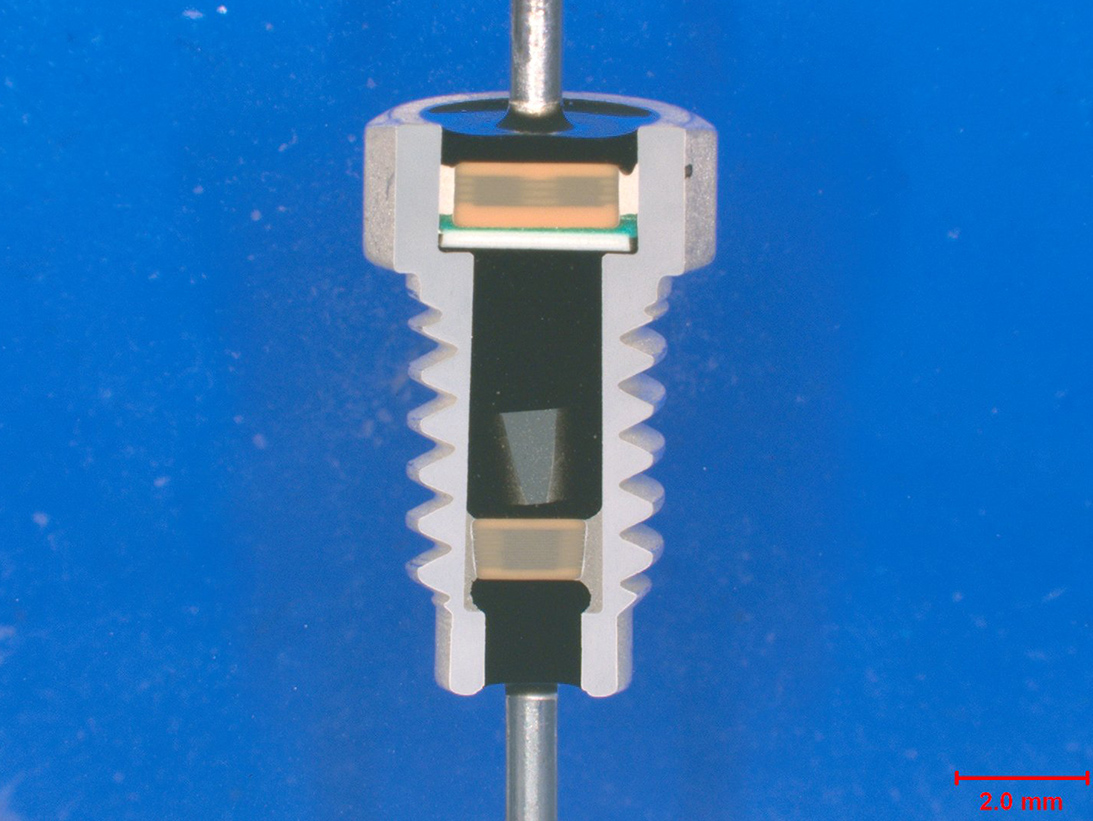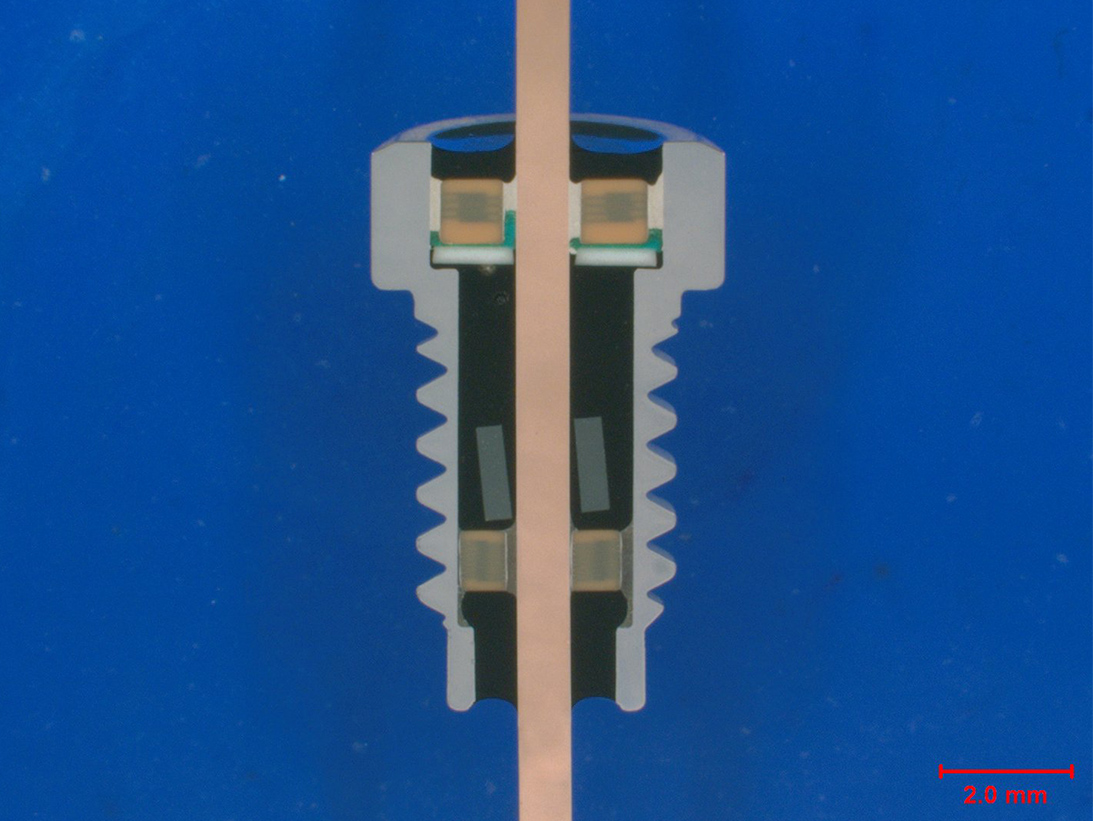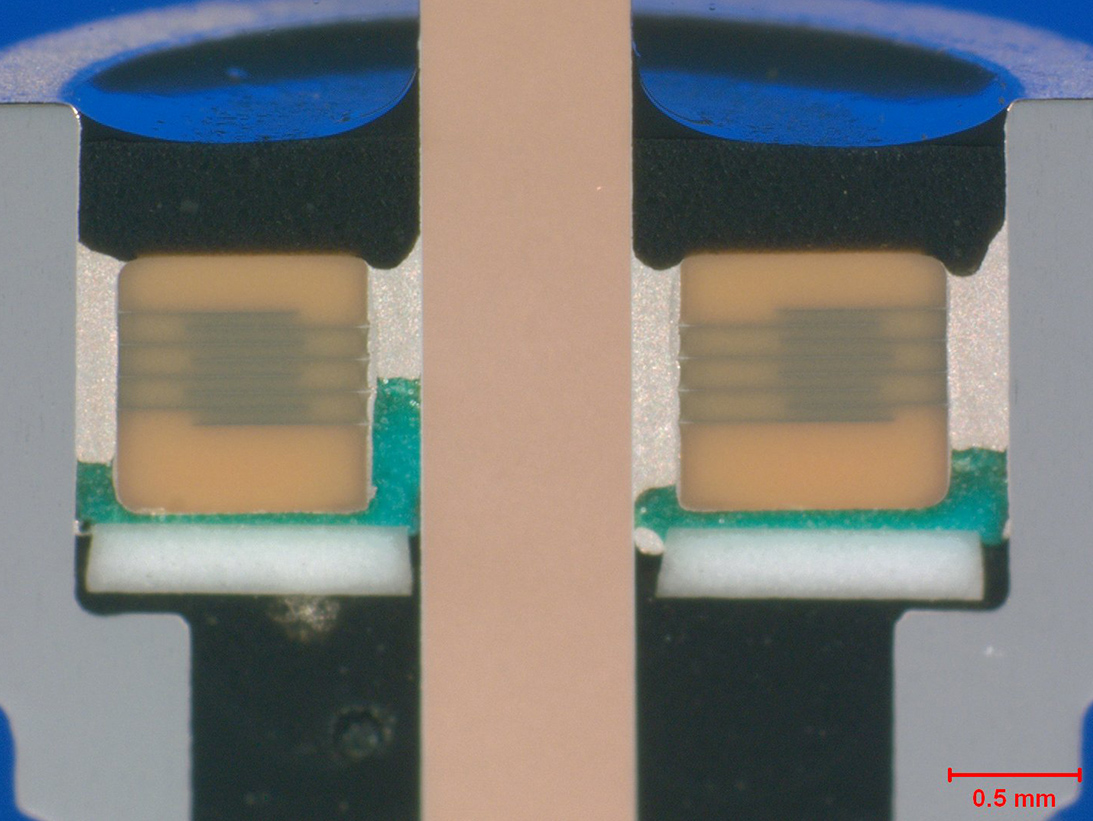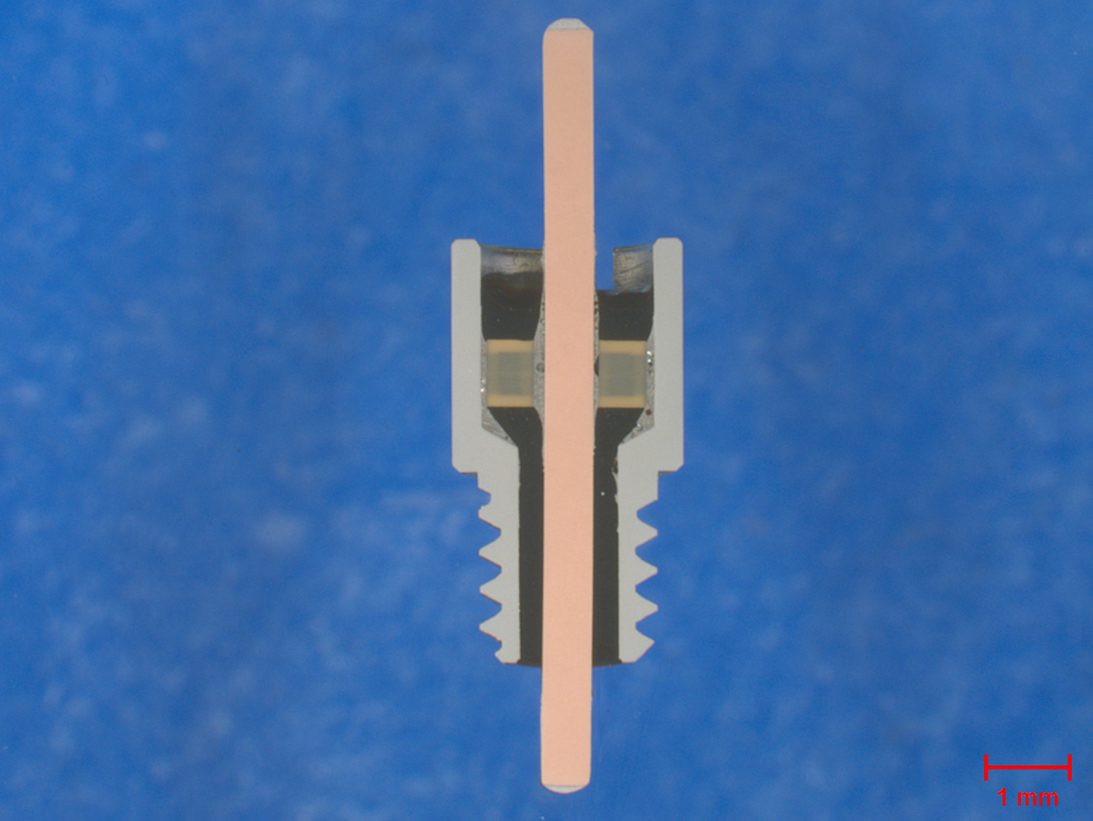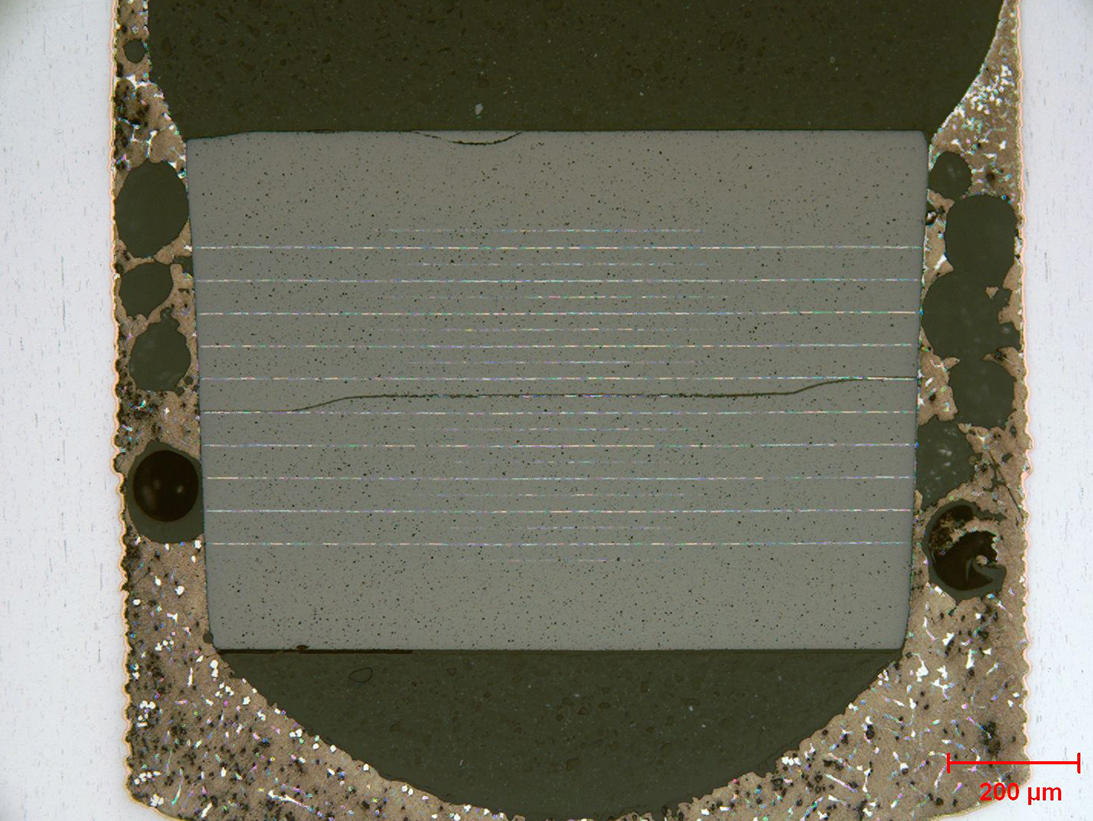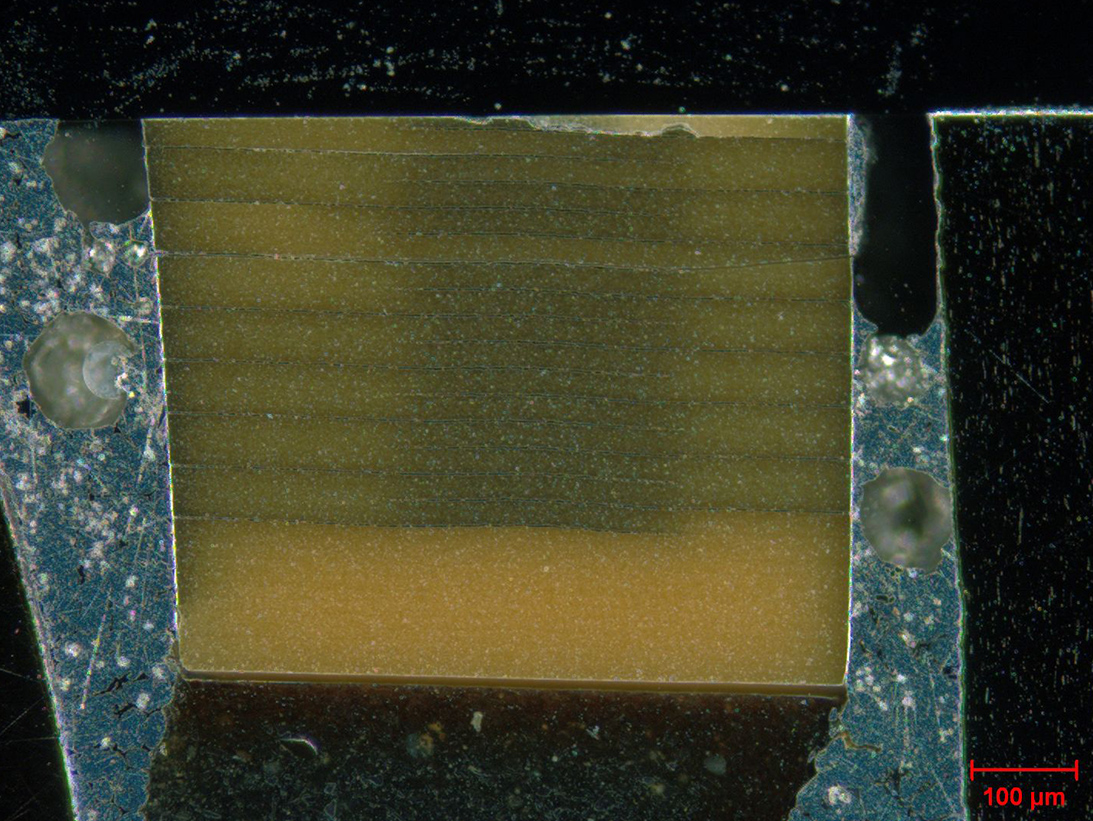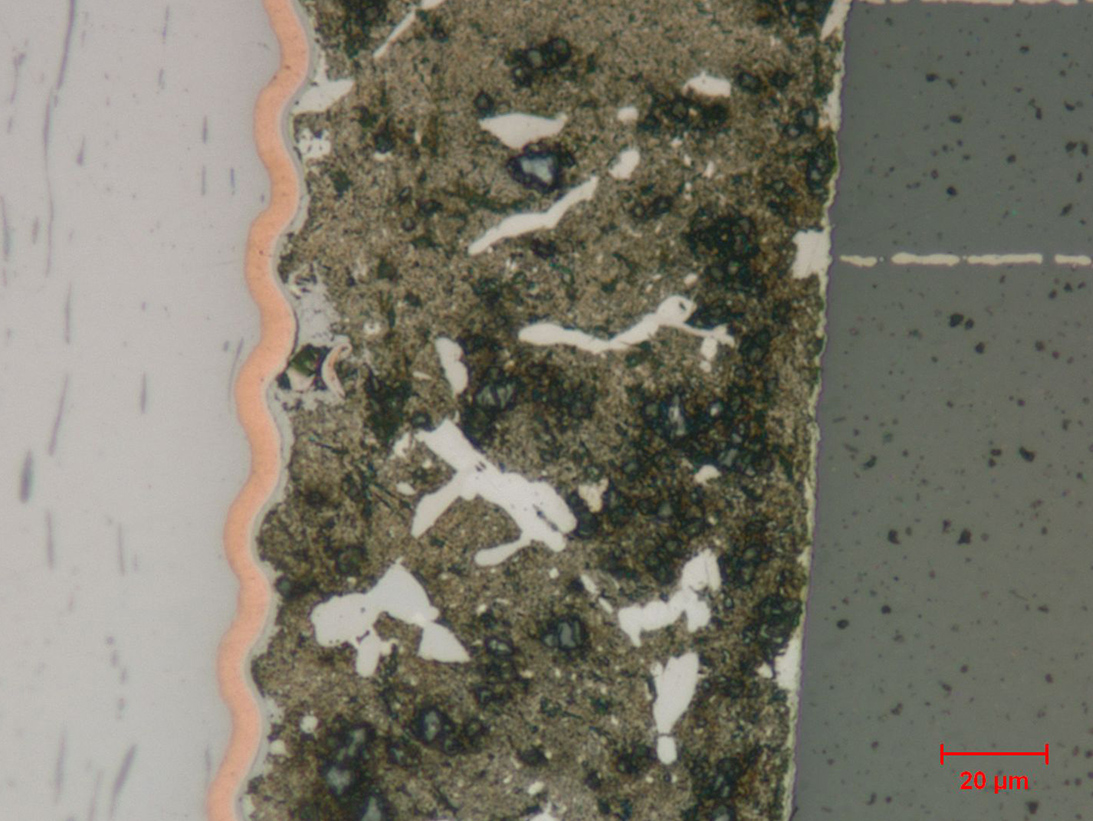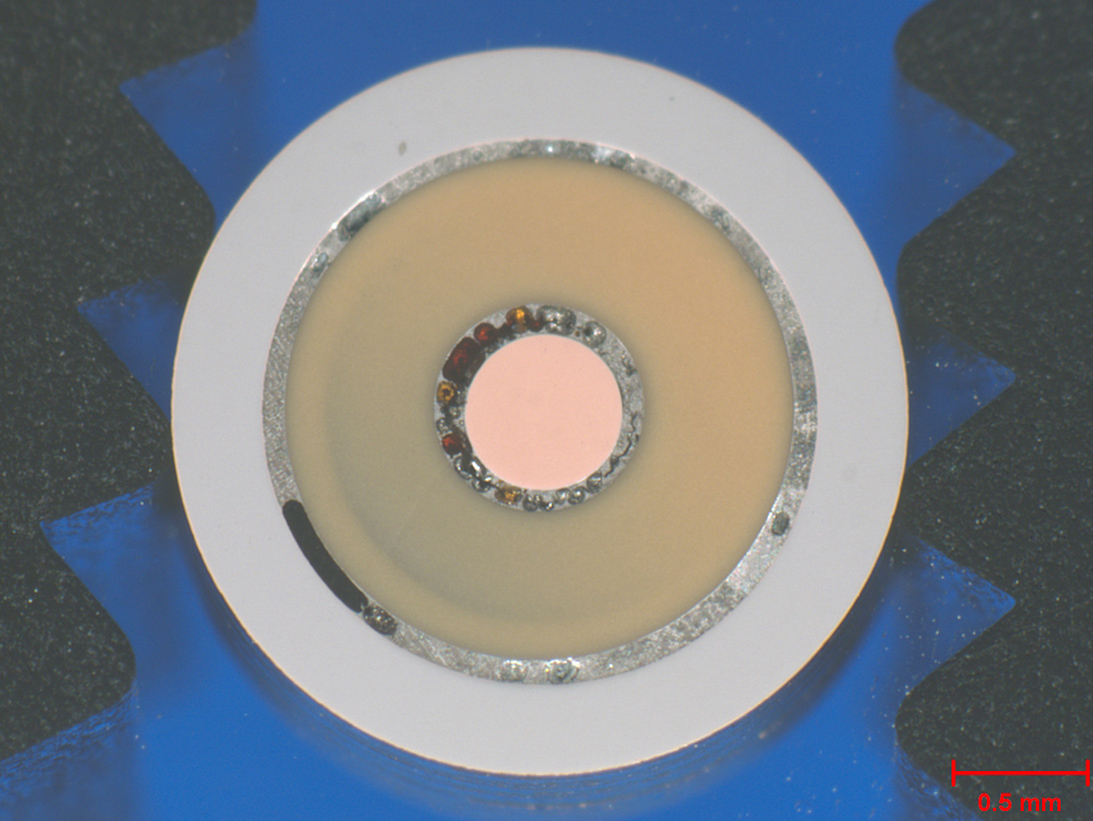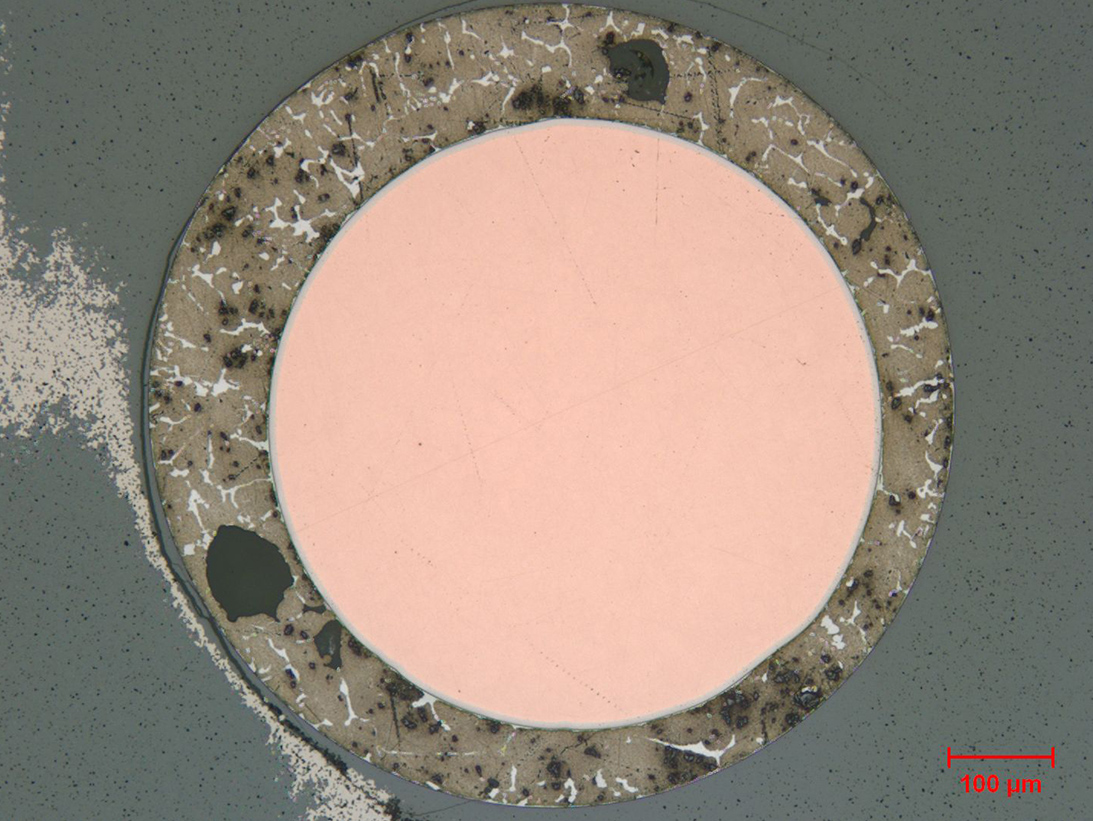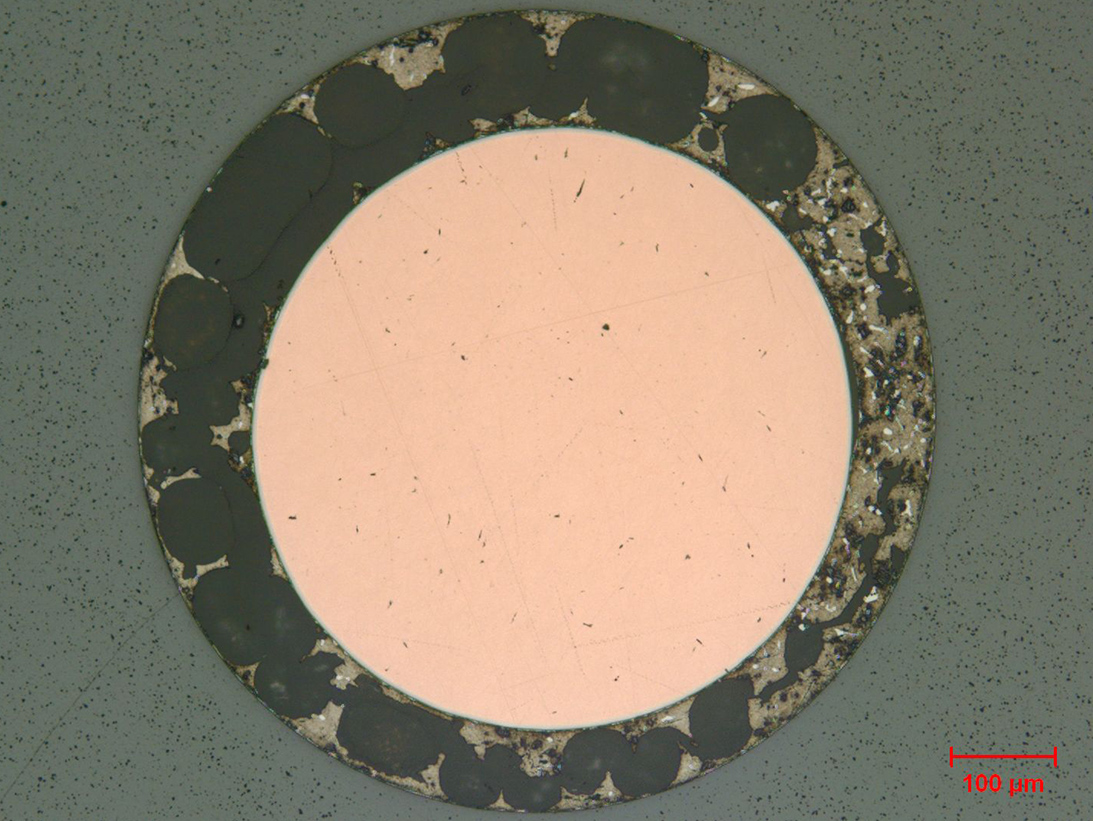Destructive Physical Analysis (DPA) Testing for Filters
Filters designed for electromagnetic interference, low pass and simple feed-through are subjected to DPA testing. Filters are designed with finishes, seals, capacitors and coils that suit their application. MIL-STD-1580 Requirement 14 addresses the testing requirements qualified to MIL-PRF-15733 and 28861 with typical configurations that include a metal body with glass-to-metal seals (hermetic), with and without internal potting resin.
Filters are characterized as passive devices comprised of a single solid pin extending through the center of an assembly with one or two co-axial disc ceramic capacitors to filter out high frequency signals to a chassis or a continuous conductor that is wound around discoidal ferrite core(s) and ceramic capacitors that restrict signal frequency(ies) that can pass through the device.
EMI Filters Example 1
EMI Filters Example 2
ORS Offers FAST Reliable Filter DPA
ORS performs Filter DPA in accordance with customer statements of work and MIL-STD-1580 Requirement 14 for Filters subjected to qualification requirements of MIL-PRF-15733, 28861, slash sheets and methods of MIL-STD-202.
Destructive Physical Analysis
ORS has over 40 years of experience performing comprehensive testing designed to identify anomalies that can lead to field failure.
DPA testing of Filters includes non-destructive and destructive testing. Non-destructive testing consists of external visual examination, hermeticity testing, X-radiography and prohibited material inspection. Destructive testing includes a cross-sectional inspection of internal configuration and component integrity.
Failure Modes That Can Be Revealed by DPA
Failure modes of Filters will depend on construction and by application.
Common causes for DPA filter failures include voiding in solder component attachment, cracked capacitor ceramic, and crack or chips in glass seals.
Contact us for information about filter testing
Non-Destructive Test Methods
An important part of a Filter DPA are the applicable initial non-destructive test methods:
- External visual inspection for variances, defects in seals with physical dimensions/configuration compliance per specification
- X-ray Radiography for internal alignment, solder balls
- Hermeticity (Seal) per MIL-STD-202-122
- Prohibited material analysis (PMA) per MIL-STD-1580 Requirement 9
Top glass seal
X-ray view of Filter
X-ray view of Filter
Bottom glass seal
Voiding capacitor attach
Two capacitor filter
Top glass seal
Z-axis x-ray view of Filter
Ceramic capacitor alignment
Destructive Analysis Methods of Filter Testing
A complete DPA of Filters includes destructive test methods.
Internal visual inspection is achieved by cross-sectional analysis to multiple planes in the longitudinal and transverse axis directions. Inspection focuses include glass seals, solder and epoxy voids, cracks in capacitor and inductor cores, foreign material, misalignment, solder connections, wire stress relief, and insulation from core and housing.
Initial longitudinal section
Center longitudinal section
Top discoidal capacitor
Center longitudinal section
Capacitor attach voiding
Excessive voiding/flux
Fractured capacitor
Vicinal illumination
High-temp solder attach
Transverse section
Capacitor attach voiding
Excessive voiding
Applicable Industries:
- Space
- Aerospace
- Military Terrestrial
- Automotive/Commercial
- Mainframe Computers
Military Standards:
- MIL-PRF-15733, 28861
- MIL-STD-1580/Req 14
- MIL-STD-202 various Methods
- EIA – 469
Summary of Filter Testing Methods
MIL-STD-1580 Requirement 14
- External Visual 20X minimum
- Header glass seals
- Finish and plating verification
- Terminal studs and mounting
- Radiographic examination for internal construction – voids, fractures, foreign material
- Hermeticity – MIL-PRF-6106
- Internal Visual Examination 30X min.
- Contamination, alignment
- Voiding/fractures
- Coil wire insulation
- Glass Seals
- Prohibited Materials Analysis Req. 9

